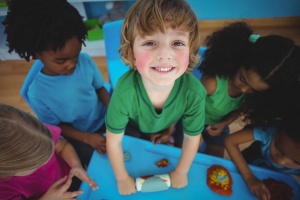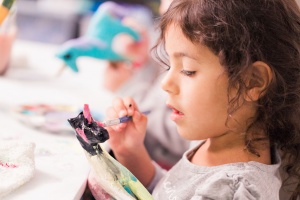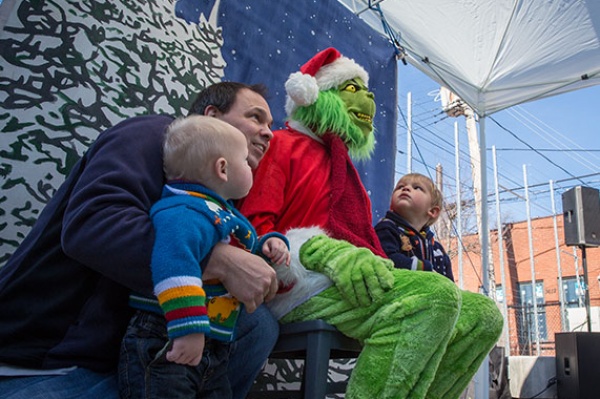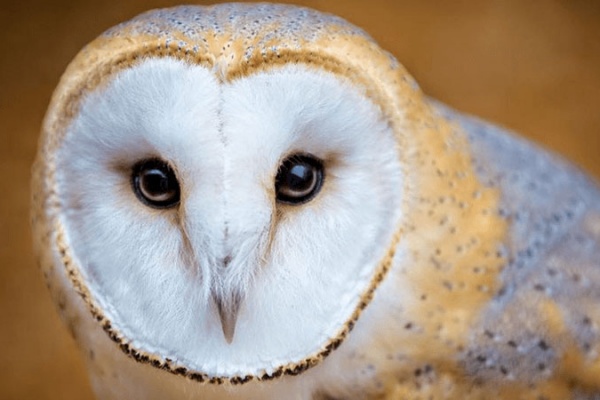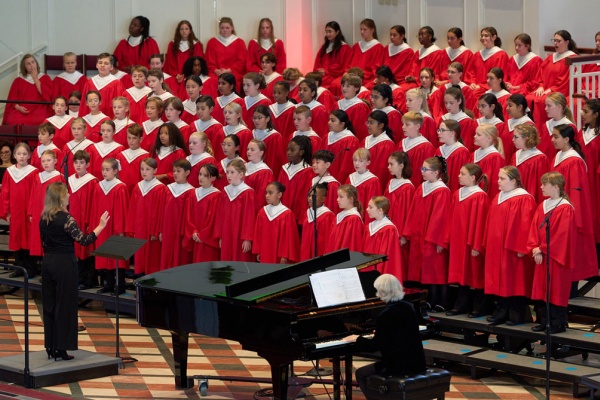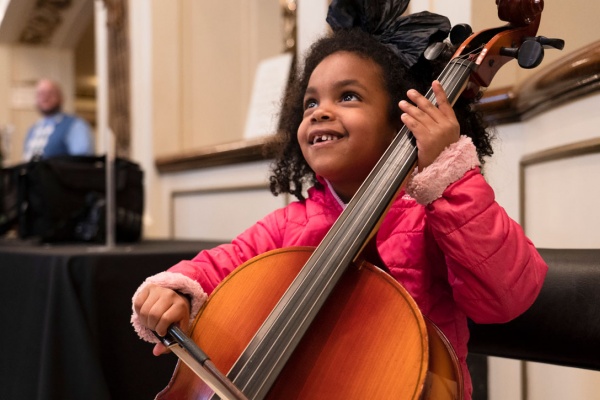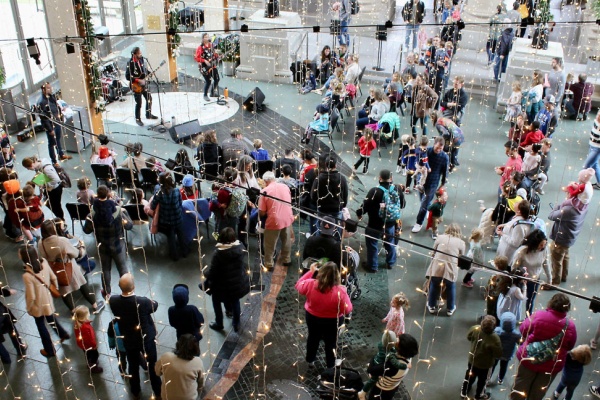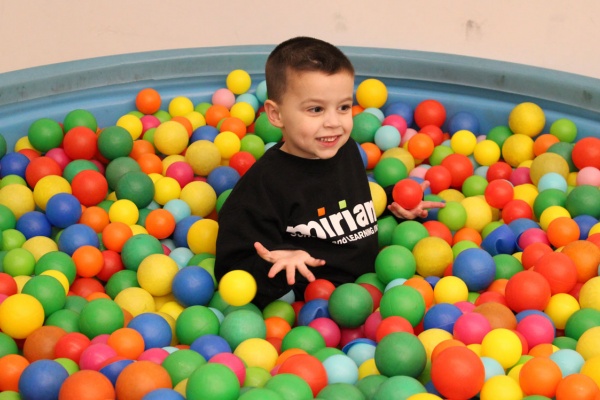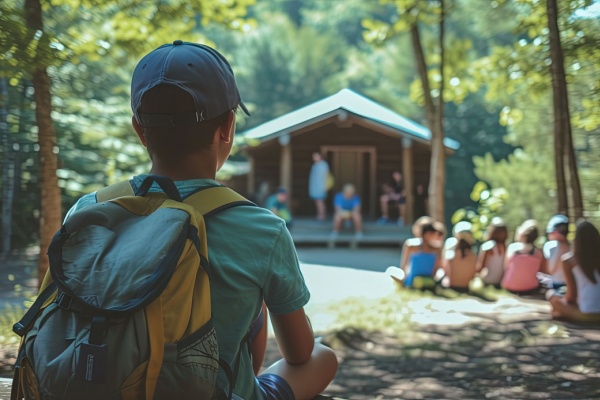
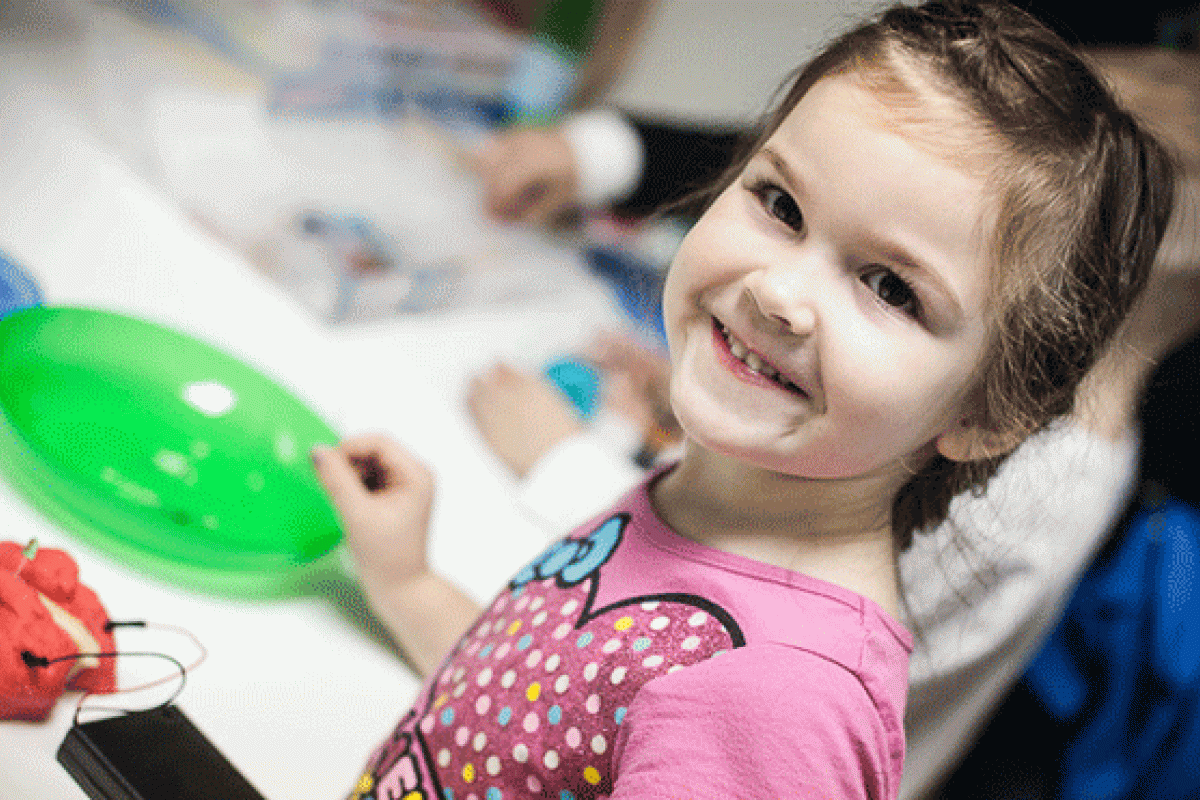
HACKERu.org Fuels Kids’ Fascination With STEAM
When it comes to the future of our children, and the future of our economy, STEAM (Science, Technology, Engineering, Art, and Mathematics) education has well, gained steam among educators and professionals. Kids have a passion for all things tech, but the opportunities to get their hands on STEAM projects and interact with mentors in the field is limited.
According to the U.S. Department of Education, the need for professionals in STEAM industries will increase 14 percent by 2020. However, only 16 percent of high schoolers are proficient in mathematics and express an interest in STEAM careers. To remain competitive in a global economy, we’re depending on our children to help us succeed. And the rewards for them will be astronomical.
While schools are putting more of an emphasis on STEAM education, there’s still a world of discovery for tomorrow’s engineers and scientists if we as adults help guide them. But for parents like me who have the “A” down by not the S, T, E, or M, groups like HACKERu.org in St. Peters are filling the gap and helping kids achieve the incredible.
Said Teri Eddy, executive director of HACKERu.org via email, “There simply aren’t enough skilled professionals in STEM/STEAM related fields now to fill the job demands. Introducing kids now to these skills in a fun atmosphere shows them they can be successful innovators and will hopefully make them better prepared for college or a career in a STEM/STEAM job of their choosing.”
Opening children’s minds
Eddy’s sons and their friends were fascinated with technology, from building computers to learning code. Eddy and her fellow parents wanted to take their interest in STEAM one step further. That’s when they heard about Hacker Scouts (now called Curiosity Hacked), a national movement to engage kids and their families in STEAM education.
The homeschooling group decided to bring the mission to St. Louis, opening the first guild with 15 kids who were devoted to building an Arduino shield, or microcontroller circuit board. By the end of their effort, the kids had successfully built their Arduino shields, and Eddy’s group decided to expand the curriculum, open the program to kids throughout St. Louis, and launch their own nonprofit, HACKERu.org.
Remarked Eddy, “We’re a local, independent organization whose projects and curriculum is tailor-made for our kids. It’s not a one-size-fits-all model. We work one-on-one with each child to ensure they are learning the information and enjoying it. Once they have finished the initial labs, their projects are self-directed with mentor facilitation.”
Today, participants ages 4 to 18 who join the program can develop their abilities in all areas of STEAM, building on the skills they learn to take their projects to new heights. The group hosts Hacker Labs (and Micro Labs for younger kids) on Tuesday nights, where the kids are able to work on their self-directed projects focused on programming, robotics and circuitry with mentors from the community who share their expertise and guidance. Along the way, they earn badges to celebrate their accomplishments.
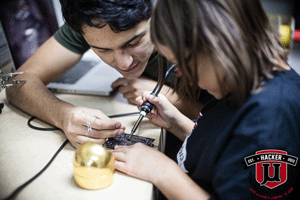
In addition, HACKERu.org offers Maker Labs workshops to the public. Kids and their families can participate in these stand-alone individual events throughout the month and across the region to be introduced to DIY and STEAM. Upcoming events for February include paperclip jewelry making and creating LED dry-erase message boards. HACKERu.org is also planning Maker-Mom classes that focus on DIY projects dedicated to the home, the arts and frugal living. More information on upcoming events can be found at www.hackeru.org or by contacting the organization at info@stlhackerscouts.org.
The need for STEAM and STEAM mentors
While anyone can participate in Maker Labs, there’s currently a waiting list for Hacker and Micro Labs, due to the growing popularity of the program. If your child is interested in participating, it’s important to sign him or her up now for upcoming sessions, and if you have a background in STEAM, to join the Maker Movement here in St. Louis.
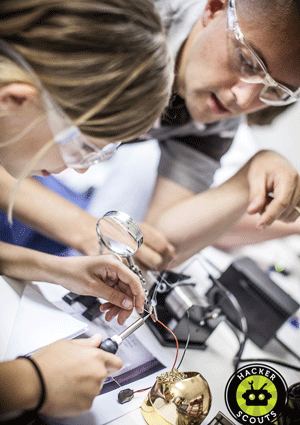
“We are desperate for qualified mentors to volunteer each week or as often as they are able to help teach the children,” Eddy said. “Anyone with expertise in programming, engineering, art/design, and science is welcome to contact us about becoming a mentor. Dedicated parent helpers are valuable too. They are parents who study alongside their children and assist in the labs as well. Parents and potential mentors can inquire about helping by emailing info@stlhackerscouts.org.”
There’s an inner scientist and engineer in all of our kids. When they get their hands on a computer or circuit board and provided insight from mentors they respect, they discover a world of fun and education that opens their minds and their future.
Photos courtesy of Teri Eddy/HACKERu.org

Metro East mom Nicole Plegge has written for STL Parent for more than 12 years. Besides working as a freelance writer & public relations specialist, and raising two daughters and a husband, Nicole's greatest achievements are finding her misplaced car keys each day and managing to leave the house in a stain-free shirt. Her biggest regret is never being accepted to the Eastland School for Girls. Follow Nicole on Twitter @STLWriterinIL



